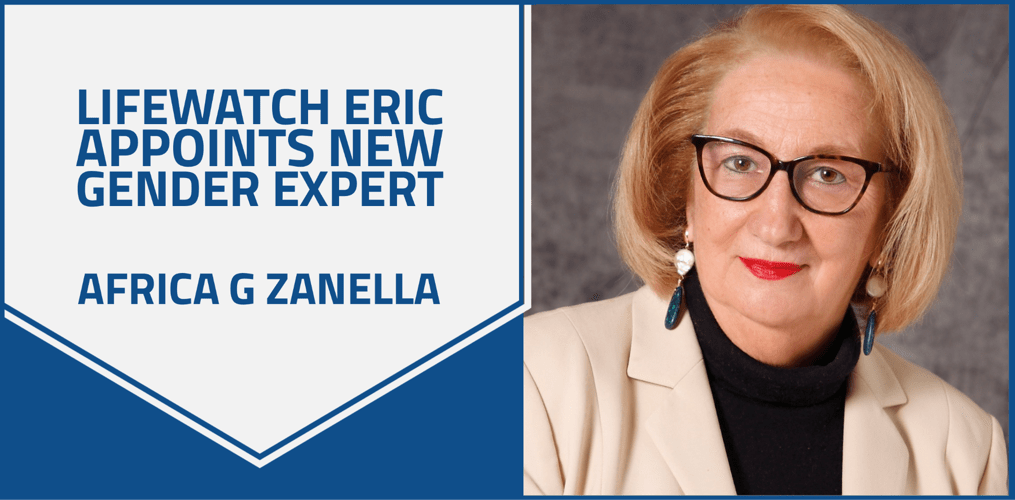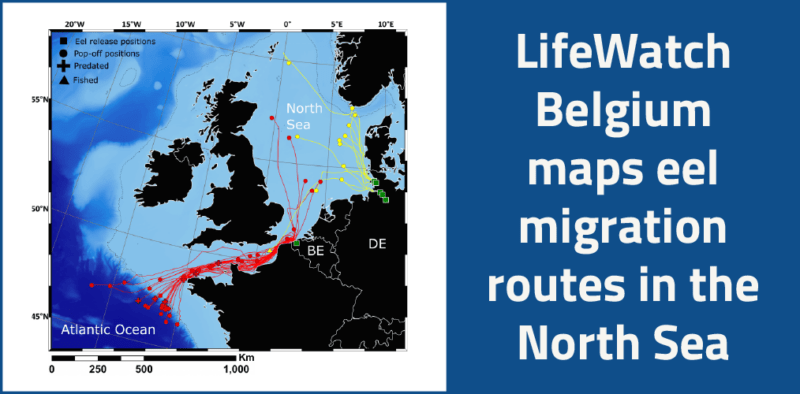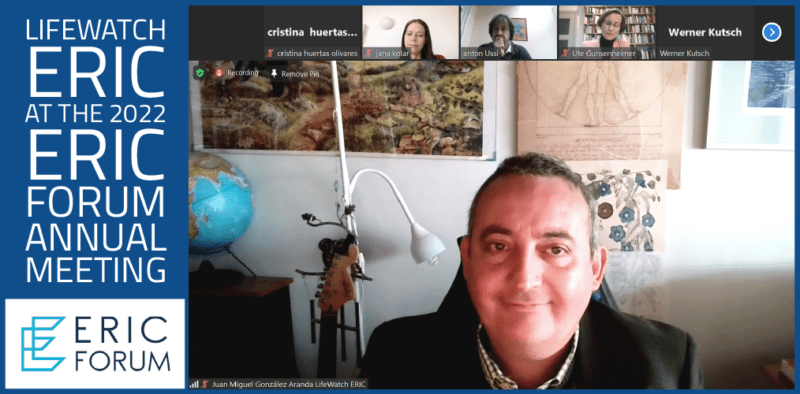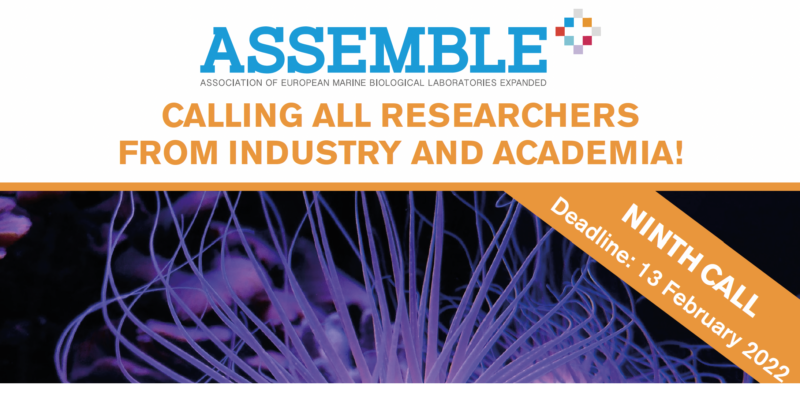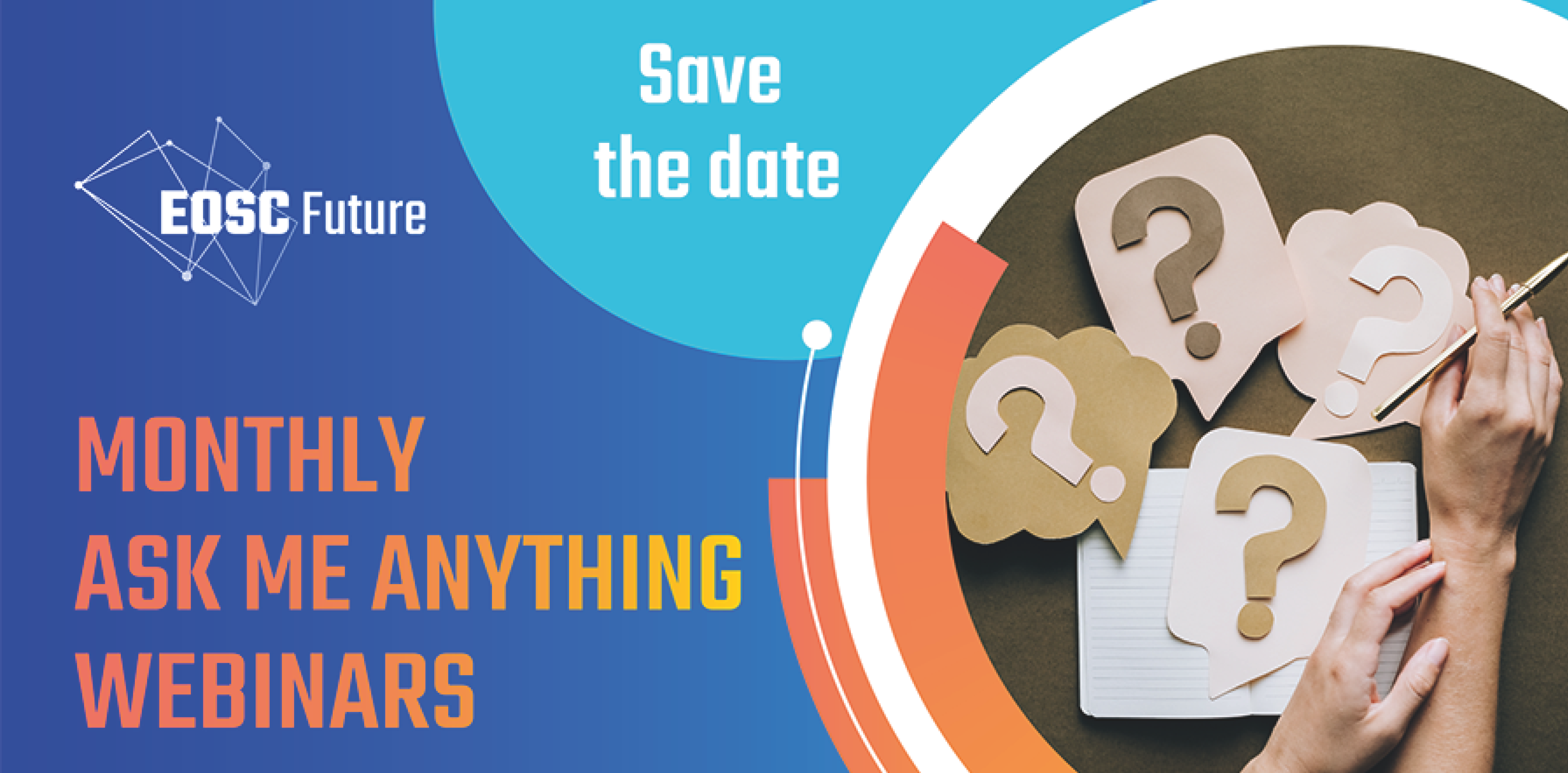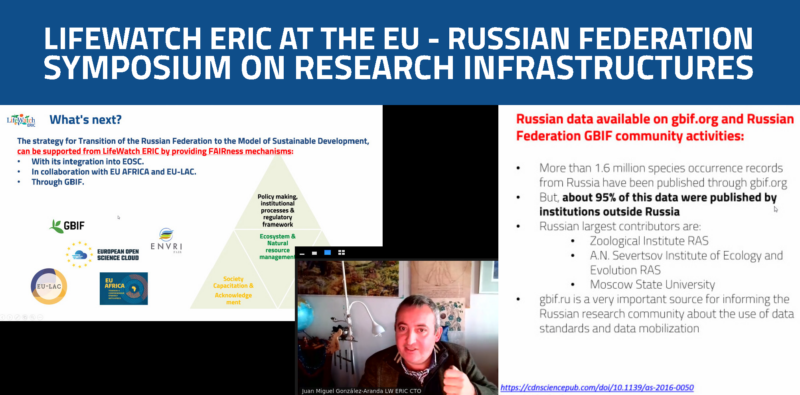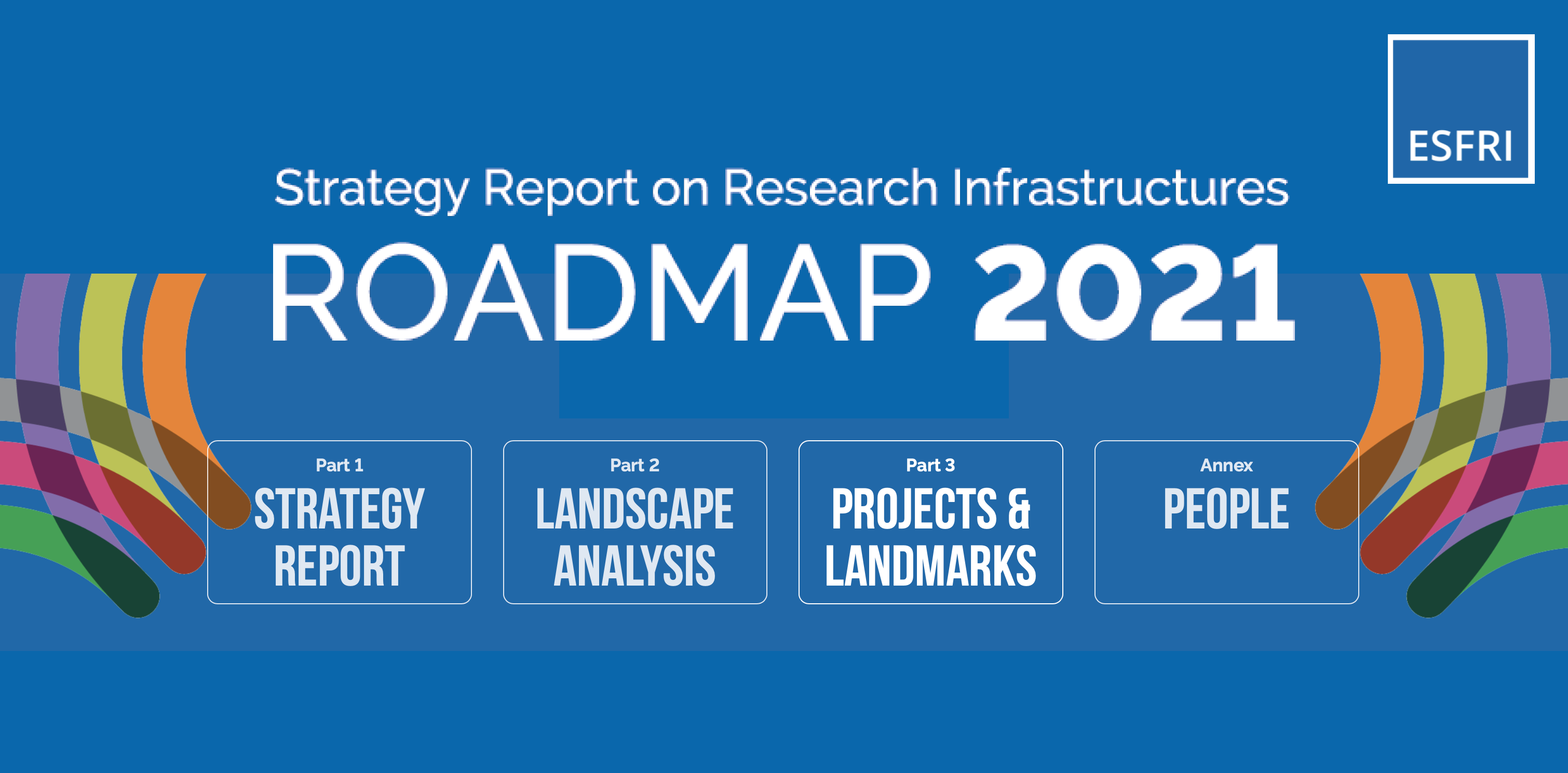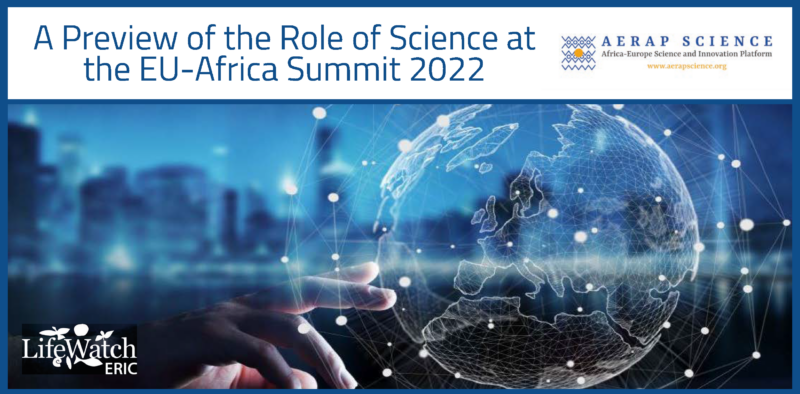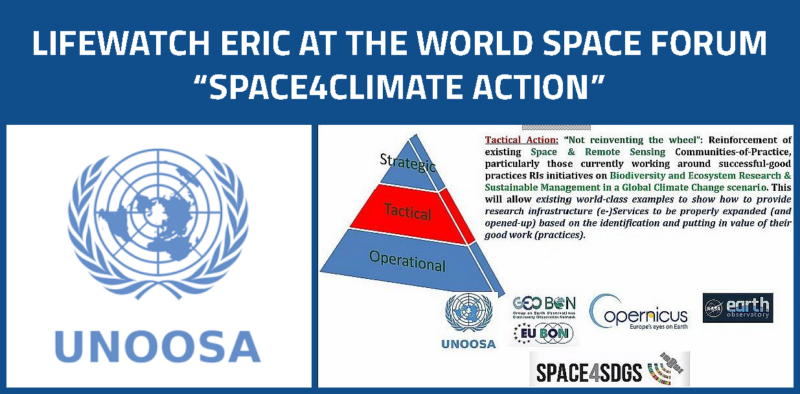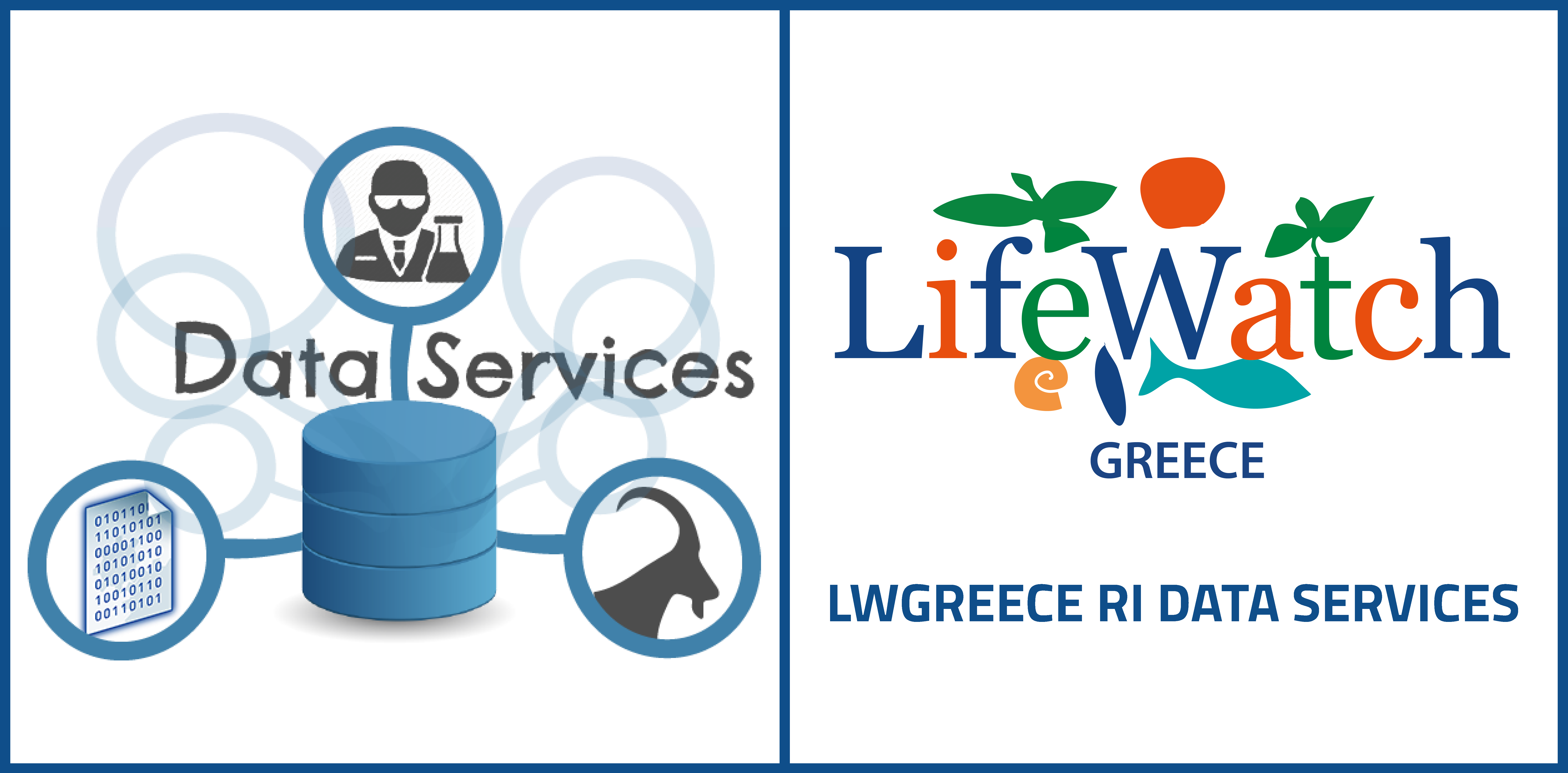Christos Arvanitidis, LifeWatch ERIC CEO, has announced today the appointment of a social scientist and gender expert, Africa G Zanella, to take up the role of advising and directing the infrastructure’s strategy, policies and programmes from a gender-equality perspective.
“LifeWatch ERIC is committed to seeing gender balance not only within the organisation, but also in line with European Union guidelines for Research Institutions regarding diversity and inclusion in research projects funded under ERDF,” said the CEO.
Zanella will design and implement a Gender Equality Plan which will be available to all stakeholders including researchers, staff, allies and the LifeWatch ERIC international community, to create an equitable and sustainable environment for all at work. The plan will develop a cohesive front of human capital in LifeWatch ERIC’s quest to develop innovative research tools and systems for biodiversity and ecosystem scientists, to make a social, economic and environmental difference.
Zanella is an innovative thinker and challenges traditional approaches to problem solving. She has been appointed to the World Bank Climate Investment Fund for the 2021-23 period as a Civil Society Observer and is an accredited expert in Women’s Empowerment, Economic Growth and Green Industry for the United Nations Industrial Development Organisation (UNIDO). She has special skills in the alignment of SDG 5 (Equality) with relevant SDGs to ensure that women play an important role in economic and social development and contribute to the wellbeing and survival of people and the planet. She hopes to be able to establish a transformative change that will see high-quality researchers from diverse backgrounds participate with LifeWatch ERIC in its mission and vision.
Zanella was born in Spain and has lived and worked in Australia most of her life, where she has a distinguished career in international relations and sustainability. She can be contacted at gender@lifewatch.eu.
